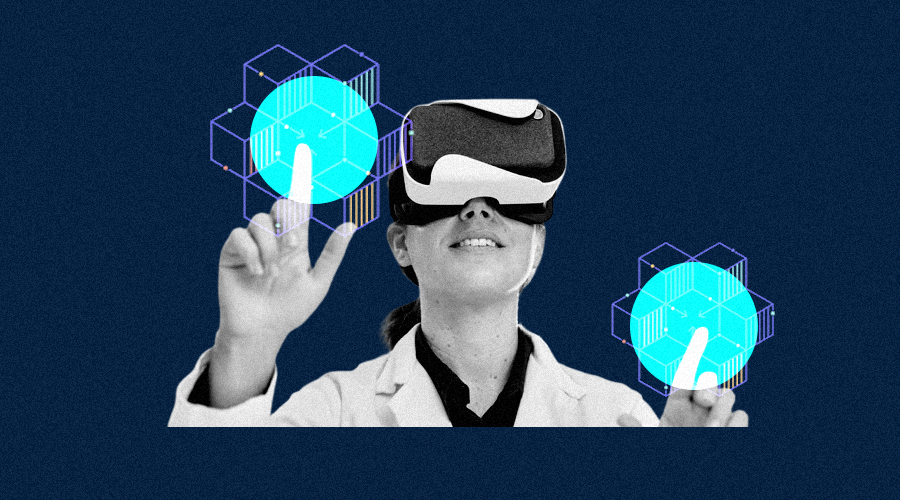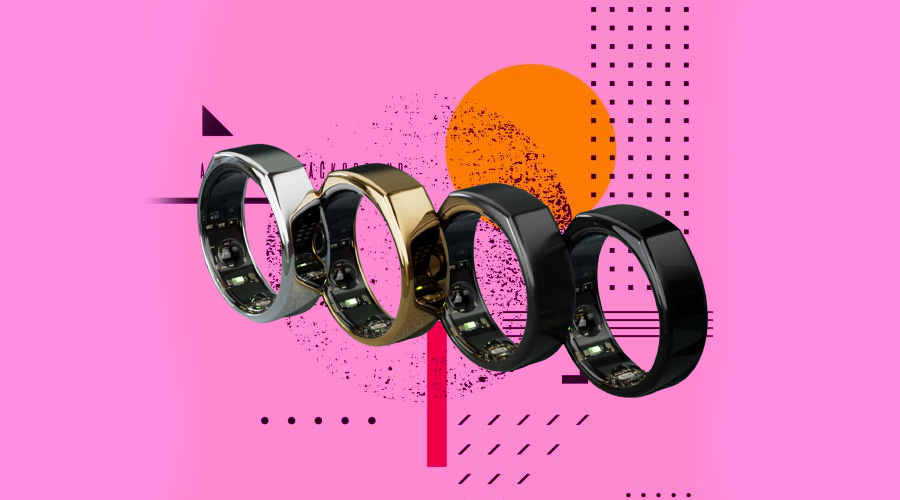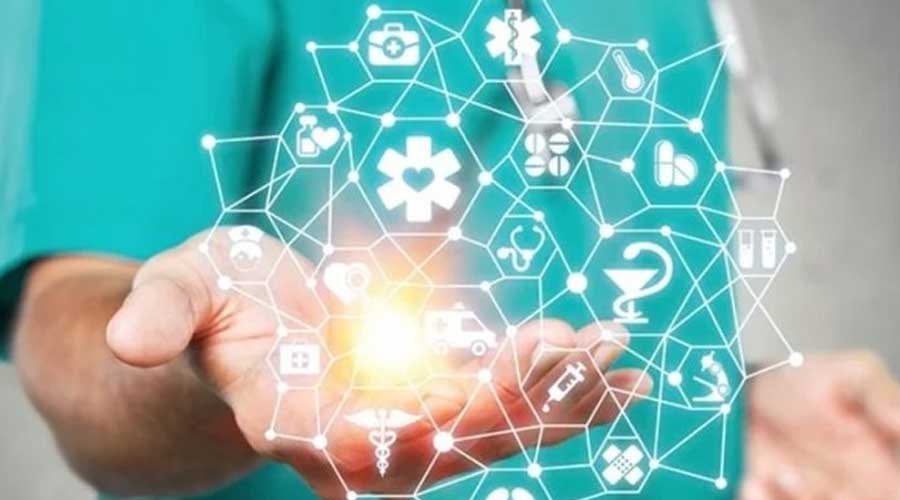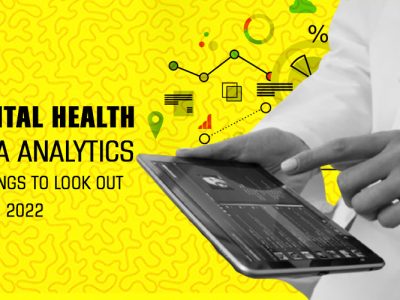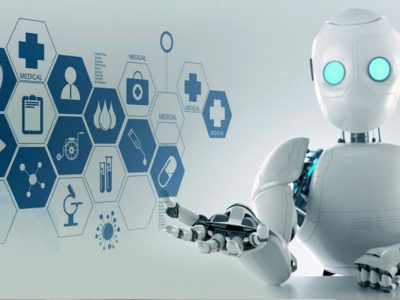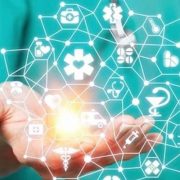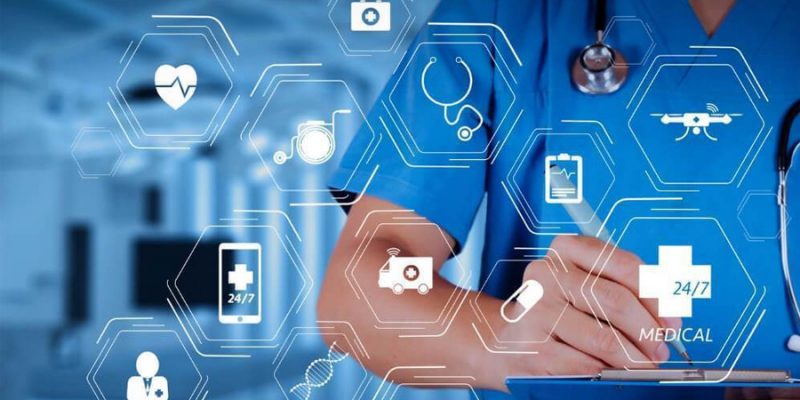
10 Salient HealthTech steering the future of healthcare and influencing digital health 2022
The healthcare industry has been showing a progressive HealthTech trend that is largely contemplated to grow in the coming future. Customized healthcare plans to remote medical treatments, healthcare applications are appearing at the forefront in curing more patients than ever. HealthTech is optimizing more and more devices and machinery to respond to the challenges that were central to the healthcare industry. Advanced modes of healthcare treatment are constructing a prosperous future of healthcare. The recent developments in HealthTech lay new trends that will amass in digital heath 2022.
Technological enhancements are majorly dictated by data science outcomes. Therefore, leading the healthcare industry to outpace its conventional methods. Real-time medical assistants have been possible with modern healthcare applications inspired by Healthtech trends. Saving lives from seasonal diseases that had caused death otherwise is an achievement of HealthTech.
Healthcare Data Science
Analyzing big chunks of scattered health data from undefined sources is the key to constructing the future of healthcare to set a HealthTech trend. Collaboration of massive quantities of data is followed by drawing technical solutions for the prospective healthcare applications. Smart and advanced tools that are raising the bar of digital health 2022 are highly preferred by patients and recommended by doctors.
Artificial Intelligence
AI-powered devices and healthcare applications were long due to filling the vacant positions of medical professionals. Personalized health assistants and digital advisors of healthcare are directed by the implementation of artificial intelligence. Virtual caretakers, remote diagnostics, and surgical robots are expected to emerge as the most demanded HealthTech trends in digital health in 2022.
TeleHealth
Remote accessibility to doctors’ advice and medicine shops is facilitated by the occurrence of TeleHealth. The advent of the pandemic has led to the increasing use of this healthcare application to avoid the contamination of Covid-19. With the event of the health crisis, telehealth assumed its significance and now the population is growing dependent on this HealthTech trend. The convenience of receiving healthcare services at home will build the future of healthcare accordingly.
Cloud Computing
The ability to store endless data and make it accessible to the healthcare industry across the world is improving healthcare services. Healthcare data includes everything such as starting from the detection of a disease in a human being to the techniques involved in treating them. This diminishes the pressure on the patients to carry along or remember their medical history. This also enables the software engineers to use them and develop systems with suitable algorithms.
Predictive Analysis
Being able to anticipate prospective diseases in a particular group of individuals with a specific trait is only possible due to the system-generated aptitude. Patterns of healthcare treatments of a patient and possible deteriorating conditions are optimized according to the information demonstrated by the predictive analytics software. This reduces the stretch of time that takes to develop a disease as well as prevents the risk of future severity. Technology dedicated to the future is supposed to be gaining enough relevance in digital health 2022 as the world moves into the new normal.
Remote Patient Monitoring
The role of surveillance software to monitor any developments in a patient’s body without containing them in the hospital wards is aided by patient monitoring devices. The market for remote monitoring devices is expected to grow successively. This is due to the convenience offered by the system to record every patient from anywhere at any time without unnecessary harassment to the patients of being shackled at the hospitals.
AR and VR Training
The aspiring medical students unlike earlier centuries can learn practicals through live streaming of surgery by expert surgeons. Just an insertion of a camera in the surgical cap of the surgeon and VR-based wearable can allow the students to dive into their lessons more efficiently than just reading and hearing lectures. Furthermore, this also assures the future of healthcare is safer and more reliable. The medical institutions training students are likely to employ these devices at the soonest by following the HealthTech trend of digital health 2022.
Blockchain
Similar to cloud computing, but more rigid in its storage because of the feature of immutable data. The chain of networks constructed in a blockchain ensures information to be safe without disclosing the one who uploaded it and the one to whom it belongs. This helps in awareness amongst the medical practitioners as they proceed with healthcare applications and new medical cases now and then.
Wearable Devices
Keeping a check on health regularly is the key to thriving in life without the intervention of health issues. These devices range from heartbeat meters, pulse oximeters to calorie loss sensors as well as a Steps tracker. To remain informed about the developments inside the body without paying a monthly or annual visit to doctors for a check-up is possible with this healthcare application.
Machine Learning
From developing rehabilitation models to robots that operate through computerized commands, digital health 2022 will be dominated by artificial assistants. The market for machine learning is elevating and the healthcare industry is praised for recent innovations like non-surgical robots liable for transporting things throughout the hospitals and some are also skilled with cleaning them.

